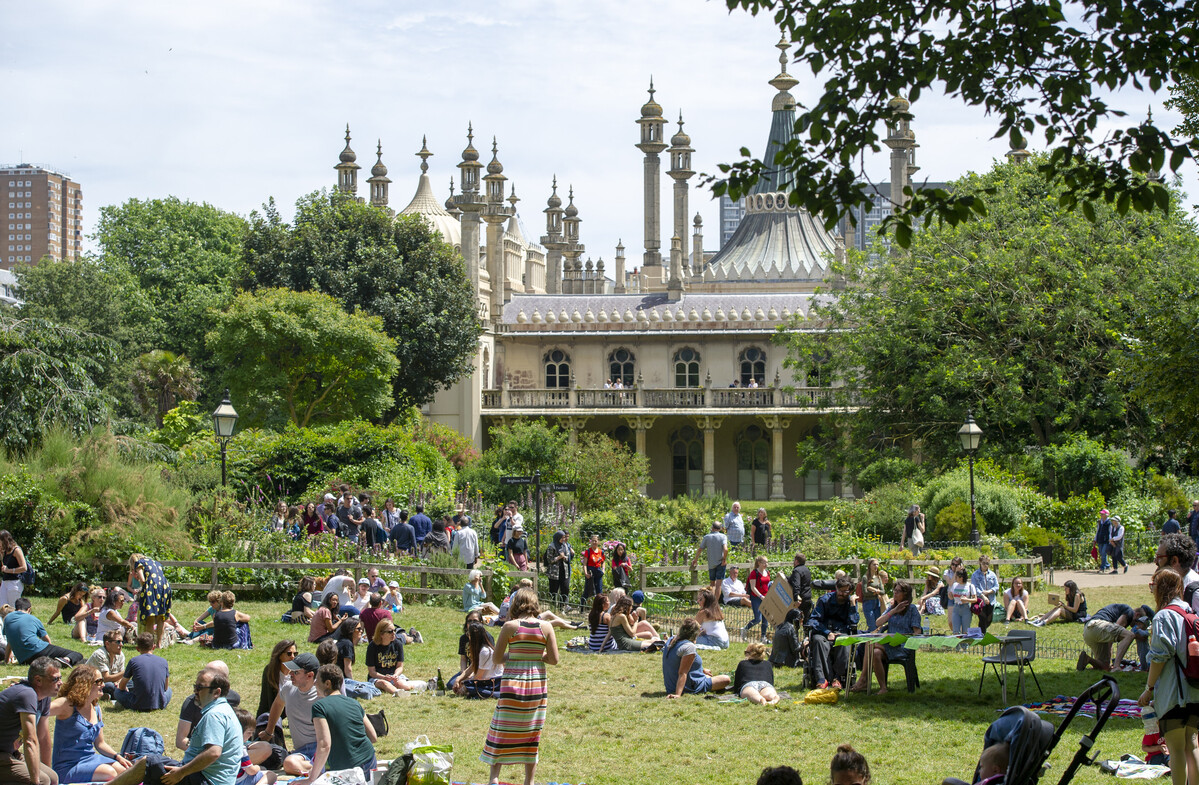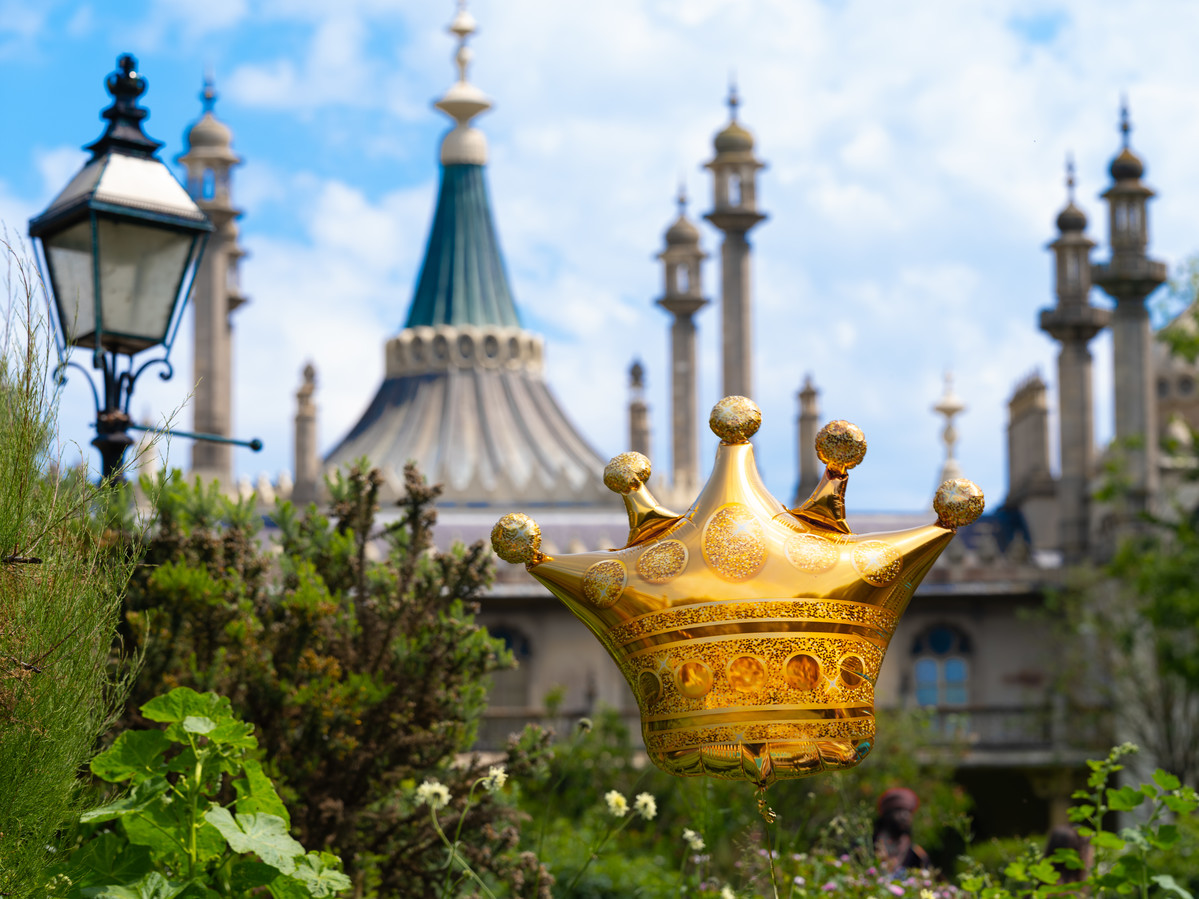Anti-Social Behaviour in the Royal Pavilion Garden
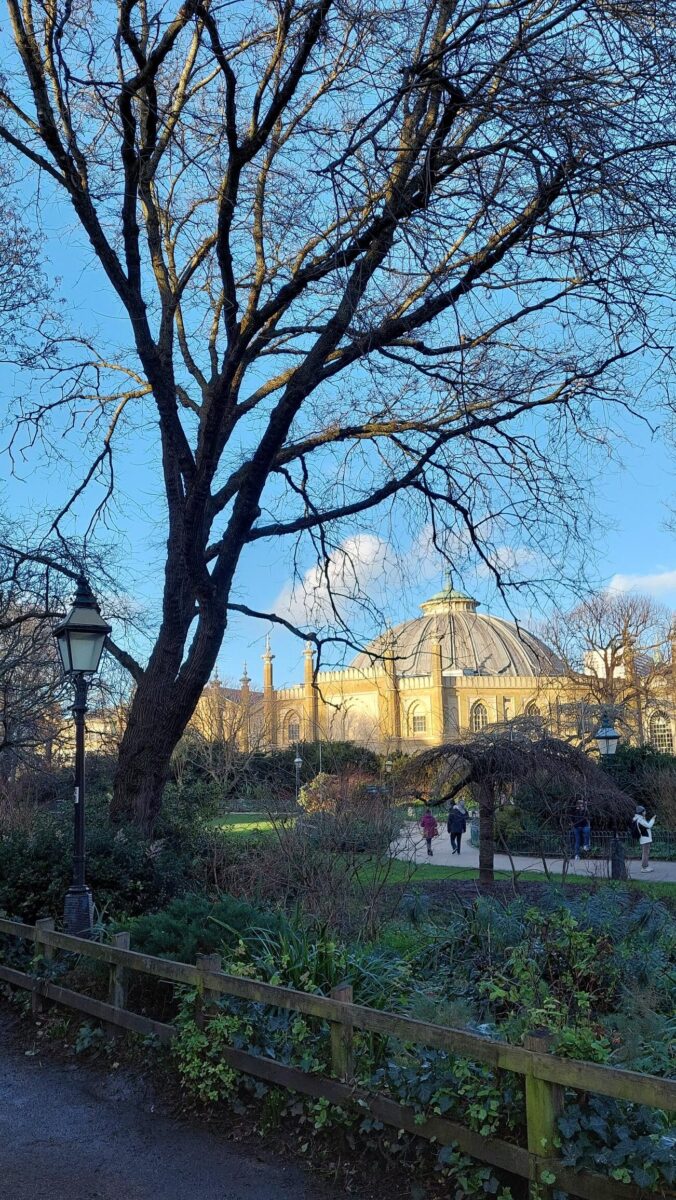
As we continue with our project to restore the Royal Pavilion Garden, Head Gardener Rob Boyle describes some of the anti-social behaviour he and his team often encounter, and how A Garden Fit For a King is needed to help protect not only the gardens, but those who visit.
The garden of the historic Royal Pavilion contains many notable and significant plant specimens – especially in its tree collection.
The garden forms an important part of the National Collection of elm trees, which is held in Brighton. Indeed, our own Weeping Wych Elm (Ulmus glabra ‘Horizontalis’) is Brighton’s most photographed tree.
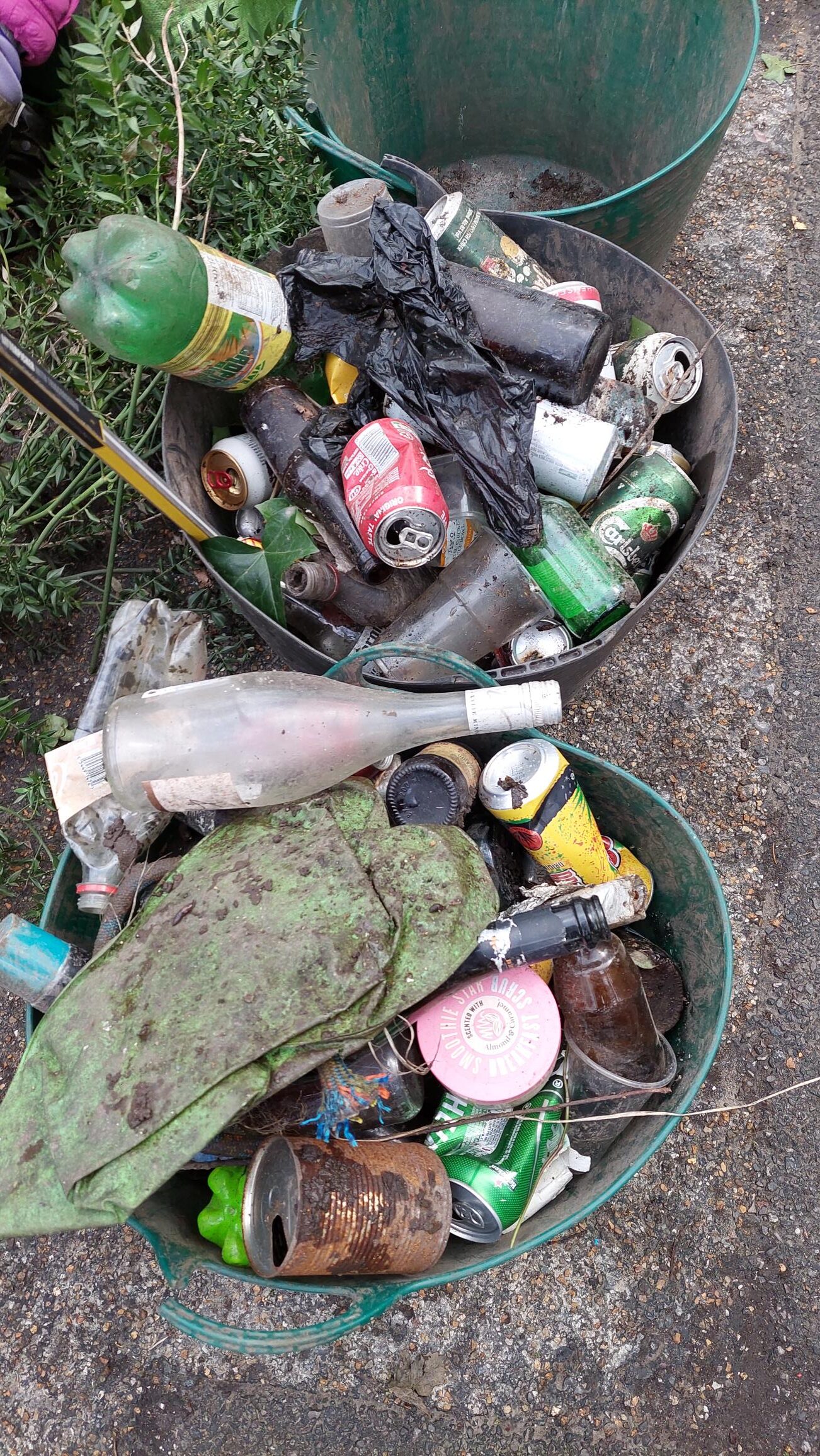
Within our collection is an elm known as ‘260’. On first inspection this tree appears to merge inconspicuously into the Gardens canopy mosaic – but it hides a compelling secret.
Elm ‘260’ is one of only twenty specimens known to exist in the entire world – a very special tree indeed.
The plant bed that contains elm ‘260’ is like many others in the Royal Pavilion Garden – it suffers from plant damage, litter and graffiti on a nightly basis.
During a recent working session under elm ‘260’ with our dedicated garden volunteers, we removed two trugs of litter that primarily included alcohol bottles and cans, but also discarded security tags, broken glass, used wet wipes, scissors, a hypodermic needle, human faeces, and a knife.
I often see children innocently wandering into our plant beds to explore and must explain the dangers to their parents. This shouldn’t be the case in such a nationally significant heritage garden.
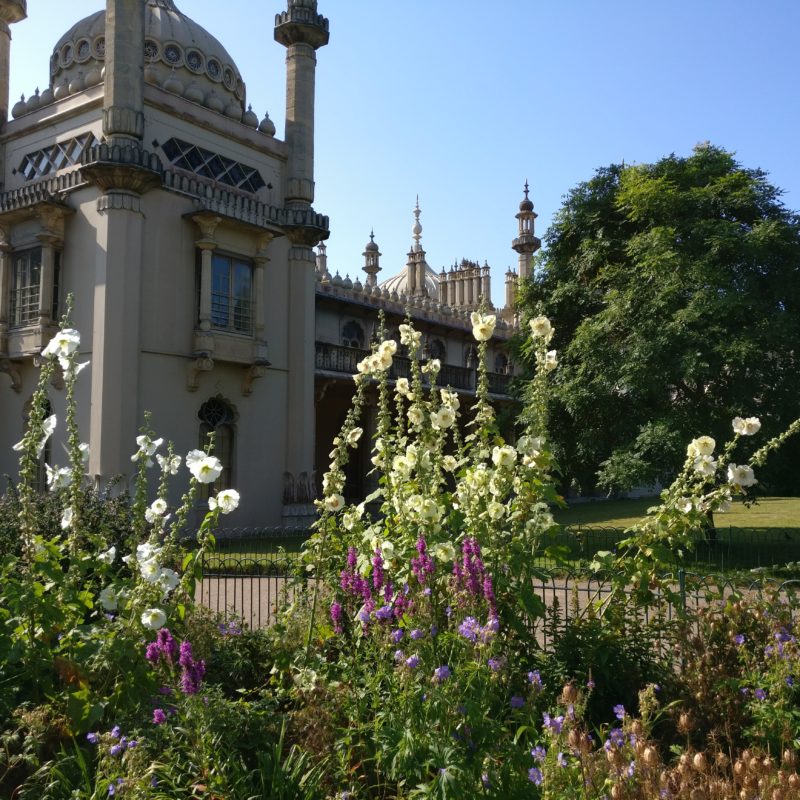
Increasingly, our Green Team of horticulturists spend their time every morning dealing with broken glass, litter, graffiti, fly-tipped items, and damaged specimens when their time could be better spent tending to plants and improving the gardens appearance for all of Brighton’s residents and visitors.
Last year our most iconic herbaceous plant, the Royal Pavilion Hollyhock, which usually grows in healthy abandon, was decimated by night time vandalism and all specimens were snapped or damaged.
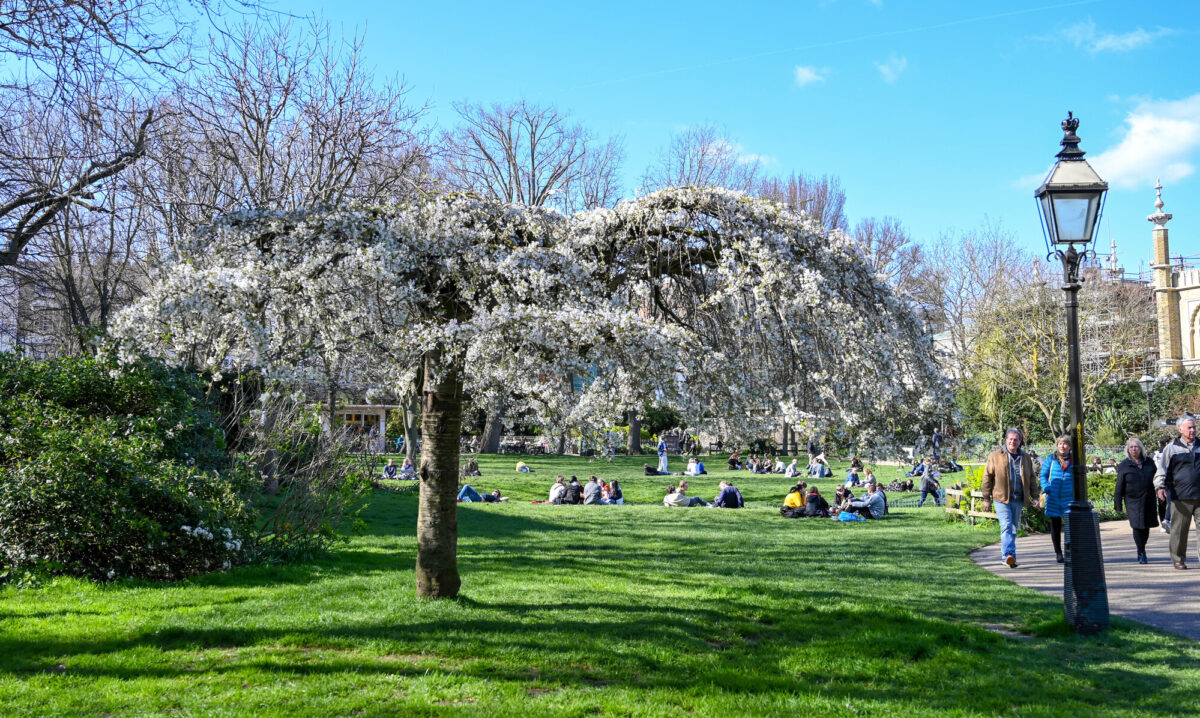
This year, in 2023, the Royal Pavilion Garden will face a potentially transformative phase in its history, if a bid for the National Lottery Heritage Fund (NLHF) is successful.
The project, A Garden Fit For a King, aims to not only restore the plant beds, pathways and boundary railings, but also help us interpret the many stories contained within our ‘living art’ collection.
It will also inform our visitors of the intrinsic links between plants and people and the cultural significance of this very special Regency garden.
The Green Team here in the Pavilion Garden, and our garden volunteers and staff, wholeheartedly welcome the rare opportunity to receive such transformative funding from a national heritage charity.
Brighton is lucky to have such an asset in the heart of the city, and we can’t wait to help restore, protect and talk about our garden to the many visitors and residents who come and enjoy our green space.
